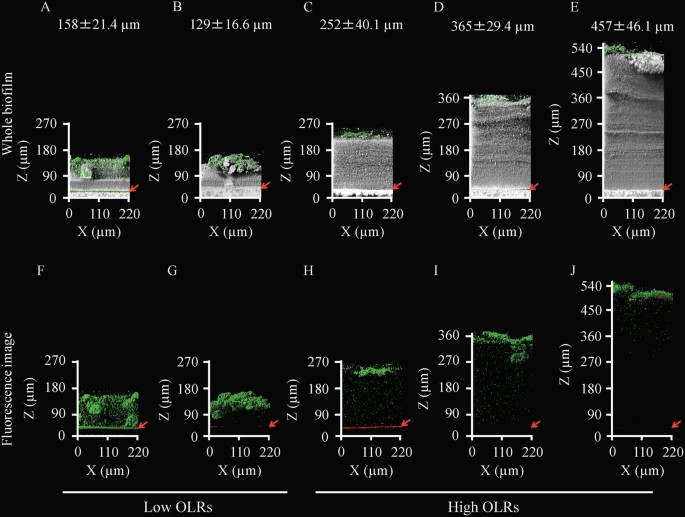- Select a language for the TTS:
- UK English Female
- UK English Male
- US English Female
- US English Male
- Australian Female
- Australian Male
- Language selected: (auto detect) - EN
Play all audios:
ABSTRACT OUR medical service is faced with a task which will try its skill and endurance to the utmost. “There are already,” says a writer in the _Lancet_ (November 8, p. 867), “at the
lowest estimate 50,000 disabled soldiers discharged from the military hospitals as unfitted for further service.” Every week will add to the number. It is true that these discharged men have
been cured of their immediate wounds, but we must also realise that they are still convalescent. A large proportion stand in urgent need of a continued medical supervision. There are those
whose lungs have been permanently damaged by poisonous gases or by the adhesions which follow healed wounds of the chest. In others the heart is injured and needs careful treatment; more
frequently still, the nervous system has been thrown into a state of disorder which only nursing and skill will restore. There are thousands with damaged joints and muscles who can yet be
brought back to take a full part in civil life if they receive the requisite attention. Access through your institution Buy or subscribe This is a preview of subscription content, access via
your institution ACCESS OPTIONS Access through your institution Subscribe to this journal Receive 51 print issues and online access $199.00 per year only $3.90 per issue Learn more Buy this
article * Purchase on SpringerLink * Instant access to full article PDF Buy now Prices may be subject to local taxes which are calculated during checkout ADDITIONAL ACCESS OPTIONS: * Log in
* Learn about institutional subscriptions * Read our FAQs * Contact customer support RIGHTS AND PERMISSIONS Reprints and permissions ABOUT THIS ARTICLE CITE THIS ARTICLE _Medical Treatment
for Disabled Soldiers_ . _Nature_ 98, 293 (1916). https://doi.org/10.1038/098293a0 Download citation * Issue Date: 14 December 1916 * DOI: https://doi.org/10.1038/098293a0 SHARE THIS ARTICLE
Anyone you share the following link with will be able to read this content: Get shareable link Sorry, a shareable link is not currently available for this article. Copy to clipboard
Provided by the Springer Nature SharedIt content-sharing initiative



